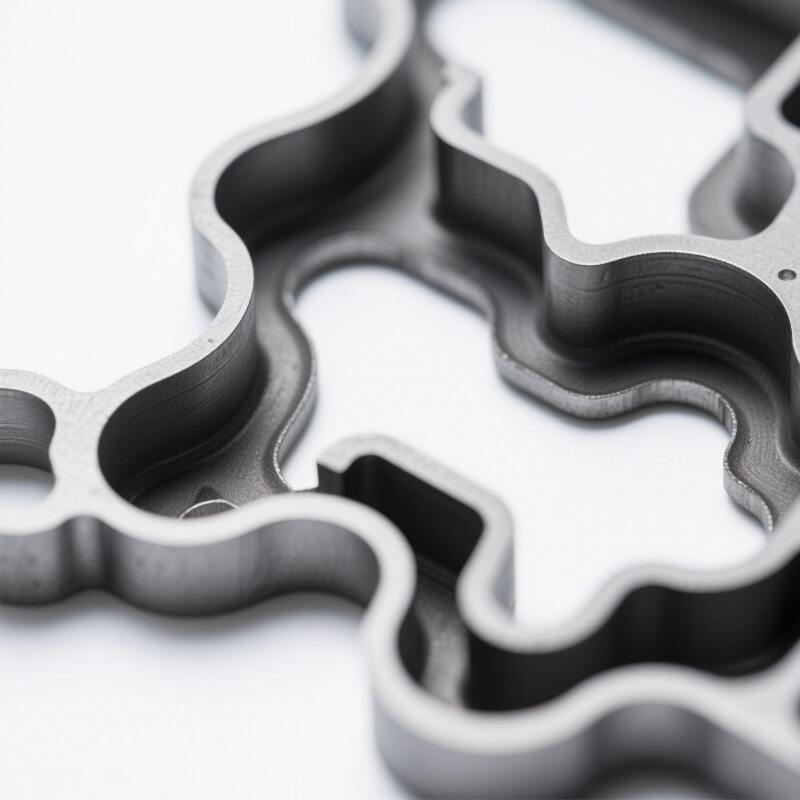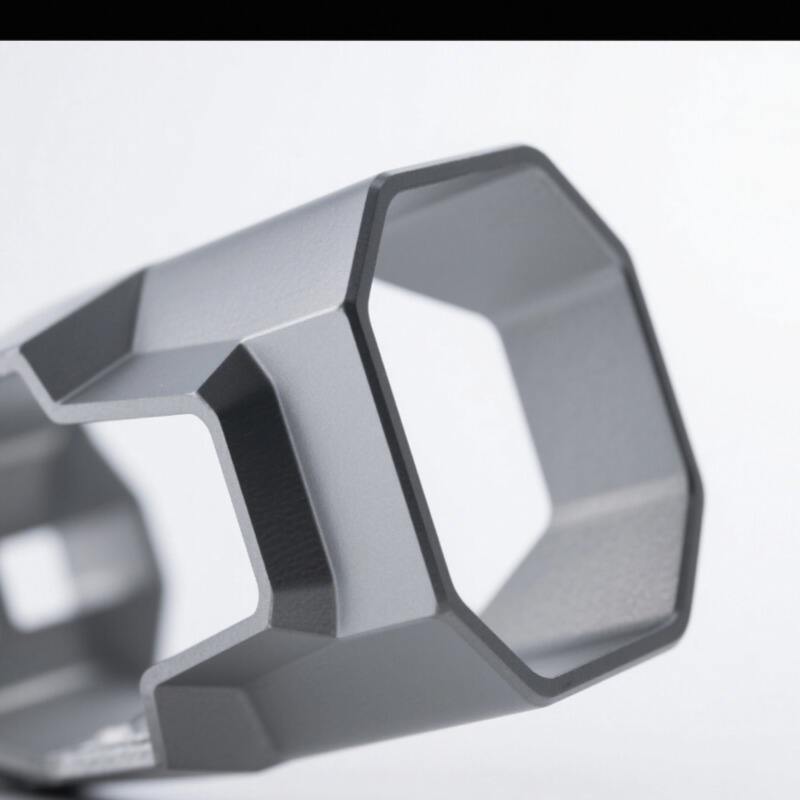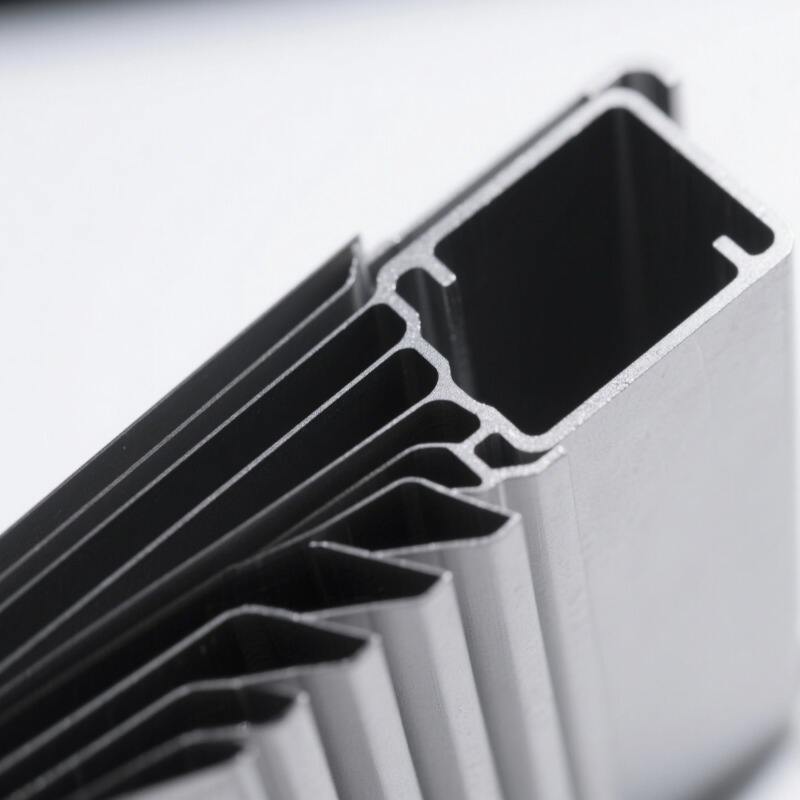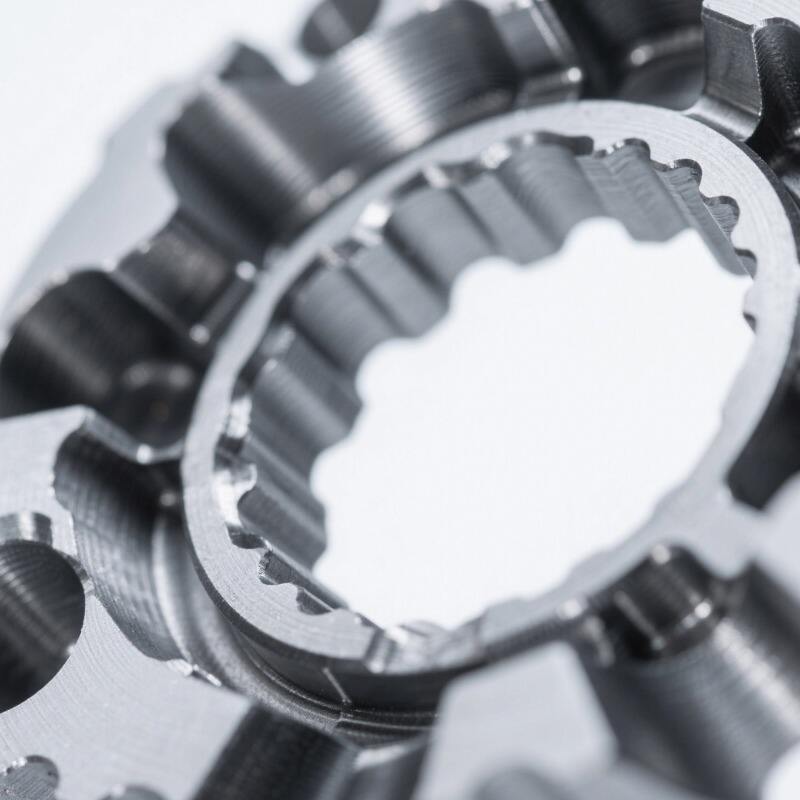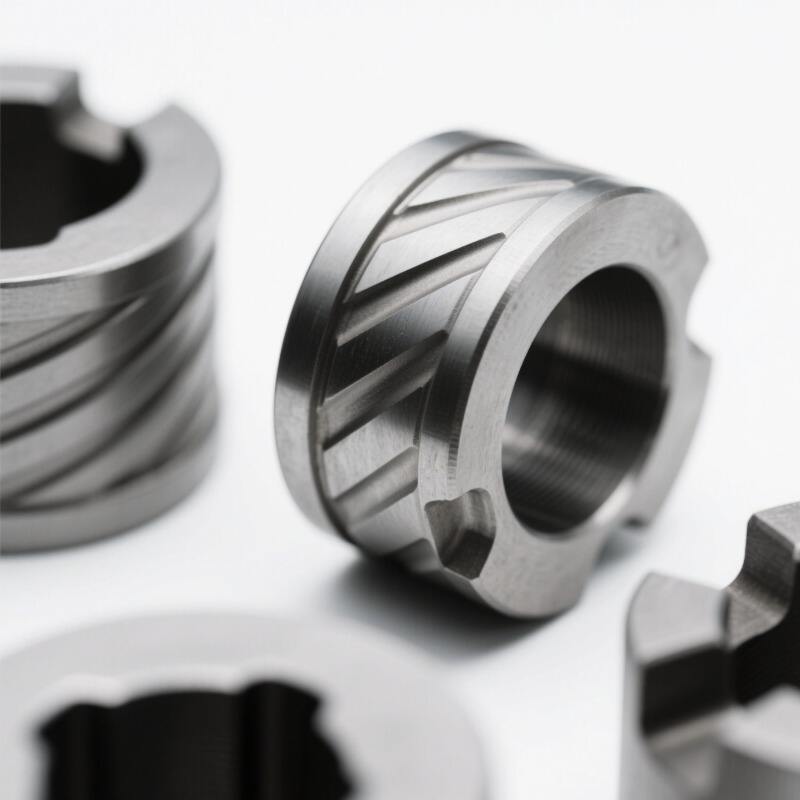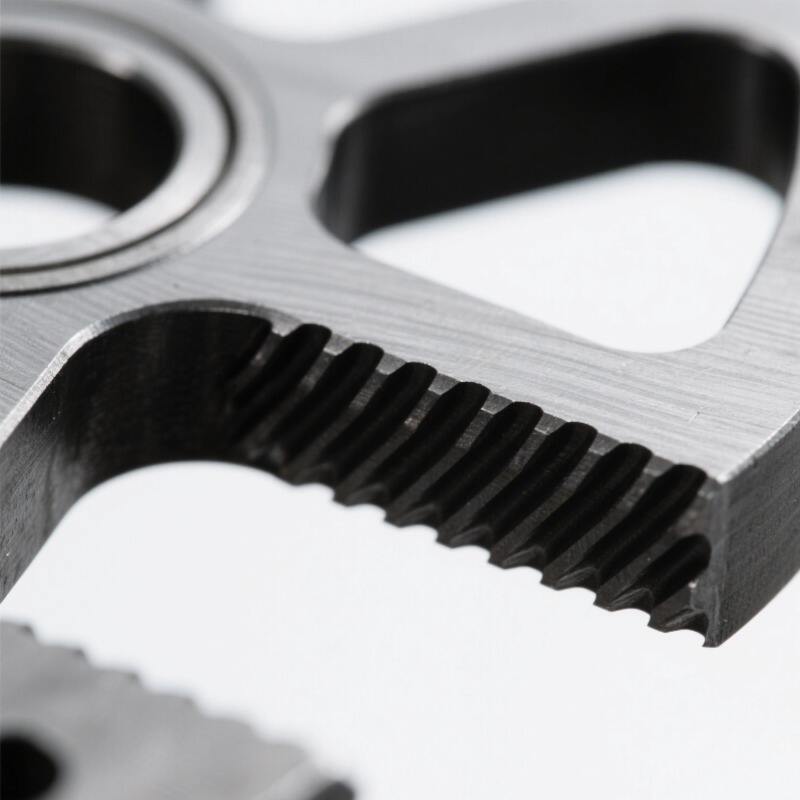Sheet Metal Stamping Process
Sheet metal stamping is a widely used metal processing technology in the manufacturing industry, where sheet metal is shaped into desired forms using dies and punches. This process involves applying pressure to a metal plate with a die on a punching machine, causing plastic deformation to achieve a predetermined shape or structure. Metal stamping is particularly effective for mass-producing a variety of complex parts.
As a cold-forming technology, sheet metal stamping is compatible with various materials, including stainless steel, low and high-carbon steel, aluminum, brass, and copper. The stamping process often combines multiple cutting and forming techniques—such as bending, punching, embossing, and flanging—to efficiently create intricate parts.
Metal stamping is cost-effective due to its speed and reduced tooling requirements, which translate to less labor time and lower maintenance costs for stamping die. However, one drawback is the higher initial investment for the stamping press. Additionally, if design changes are required during production, replacing the mold can be challenging.
Custom Metal Stamping at Starway
Starway specializes in manufacturing custom metal stamping parts from a wide range of materials, including copper, brass, stainless steel, aluminum, and steel alloys. Our stamped parts are produced to strict tolerances. We pride ourselves on offering some of the most competitive lead times in the industry, typically ranging from 3 to 7 days.If you require our metal stamping services,
We operate a variety of stamping machines with different tonnages, including 16 tons, 40 tons, 63 tons, 80 tons, 120 tons, 200 tons, and 400 tons, allowing us to meet diverse production needs. This flexibility enables us to handle projects ranging from small batches to large-scale production while ensuring product quality and precision. With 11 years of industry experience, our engineers and sales staff personally review and manually quote each metal stamping project. This personalized approach ensures we meet your unique custom needs while providing valuable insights into the stamping process. In the following section, you'll find additional information about stamping and our key features.
Sheet metal stamping features and advantages
The main characteristics of sheet metal stamping process:
High efficiency
The stamping process can significantly improve efficiency through high speed and mass production, especially for high volume production.
High precision
The design and manufacturing of the mold determines the dimensional accuracy and shape of the product, and the stamped product usually has a high dimensional consistency.
High material utilization
In the stamping process, the waste of metal materials is less, and the plate can be cut reasonably, reducing waste and reducing costs.
Strong adaptability
Can process a variety of metal materials, including steel, aluminum, copper, stainless steel, etc., a wide range of applications.
Advantages of sheet metal stamping process
Sheet metal stamping processing is essential in large-scale production, saving time and costs and improving production efficiency.
Material saving
Due to the use of sheet metal in the stamping process, the use of materials is more efficient and there is less waste.
High production efficiency
In mass production, the single piece processing speed of the stamping process is fast, suitable for assembly line operation.
Wide adaptability
suitable for a variety of metal materials and a variety of parts manufacturing, a wide range of applications.
High security
Because sheet metal stamping processing does not require welding and splicing processes, it can avoid some defects and quality problems caused by welding and splicing and improve the reliability and safety of the product.
Our Stamping Processing Technology
The original bulk metal raw materials are cut into the shape and size required for process processing, making processing more convenient.
This process is to fine the holes on the sheet metal to be processed according to the specified size and custom shape of the stamping.
The sheet metal is bent into the desired shape according to the custom requirements using a specific mold.
Metal sheets are placed in specific sheet metal tooling to create grooves or convex to meet specific custom needs.
The process involves sequentially pressing metal sheets into specific molds to create deep or convex cavities for customization and subsequent processing.
This process is to punch and cut the metal plate at the same time, which can complete multiple operations in one step, which can greatly improve the efficiency of processing.
This process is to punch holes in a sheet of metal and it is able to make a series of regular holes or patterns in the sheet of metal.
Fixing metal sheets on spinning molds and shaping them into desired forms under pressure.
Material selection considerations
In sheet metal stamping process, choosing the right material is very important, Starway recommends that if you need to sheet metal stamping process to consider the following aspects:
1.Plasticity of the material: The material must have good plasticity in order to deform during the stamping process without breaking.
2.Strength and hardness: the strength of the selected material should be suitable for the use of the product environment; Excessive strength may increase the wear and machining difficulty of the mold.
3.Corrosion resistance: For parts that require corrosion resistance, corrosion resistant materials such as stainless steel, aluminum alloy or galvanized steel are usually selected.
4.Economy: Material cost is also an important factor in the selection, under the premise of meeting the performance needs, try to choose cost-effective materials.
What are the common defects in sheet metal stamping?
1.Burr: After stamping, the edge of the part may produceburrs, requiring subsequent treatment.
2.Deformation: Due to the uneven force of the material, it may lead towarping or deformation of the part.
3.Cracks: During the stamping process, the stress of the material will cause cracks, especially thin plates or brittle materials.
4.Rebound: During the bending process, the material may partially rebound due to the release of internal stress, resulting in an
What are the common processes of sheet metal stamping?
1.Punching:The use of a mold topunch holes or remove parts of the material from the plate.
2.Stretching: The sheet is stretched into the specified shape, such as cup, barrel parts.
3.Bending: Bending the plate to a certain Angle or shape according to the design requirements.
4.Shearing:Linear cutting or separation of a sheet.
5.Flanging:Forming a90 degree or othe rAngle on the edge of the plate to enhance the strength of the part.
6.Forming: The plate is formed into a complex three-dimensional structure through a mold.
What are the future trends of sheet metal stamping?
1.Automation and intelligence: In the future, sheet metal stamping will rely more on automation equipment, such as robots, CNC
punches, etc., to improve production efficiency and reduce human error.
2.Multi-material application: With the development of material science and technology, sheet metal stamping will apply more kinds of
materials,including high-strength alloys,composite materials,etc.,to meet the needs of different industries.
3.Environmental protection and energy saving:With the improvement of environmental protection requirements,the stamping process
will pay more attention to reducing material waste and energy consumption, and develop more green production technology.
